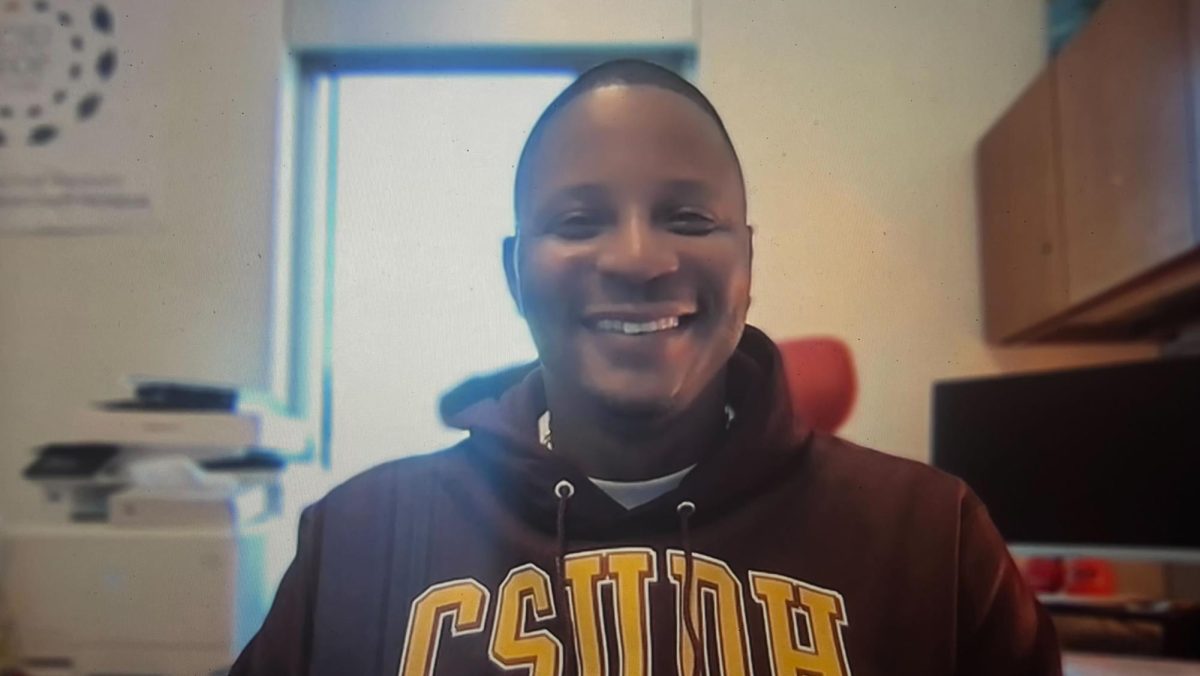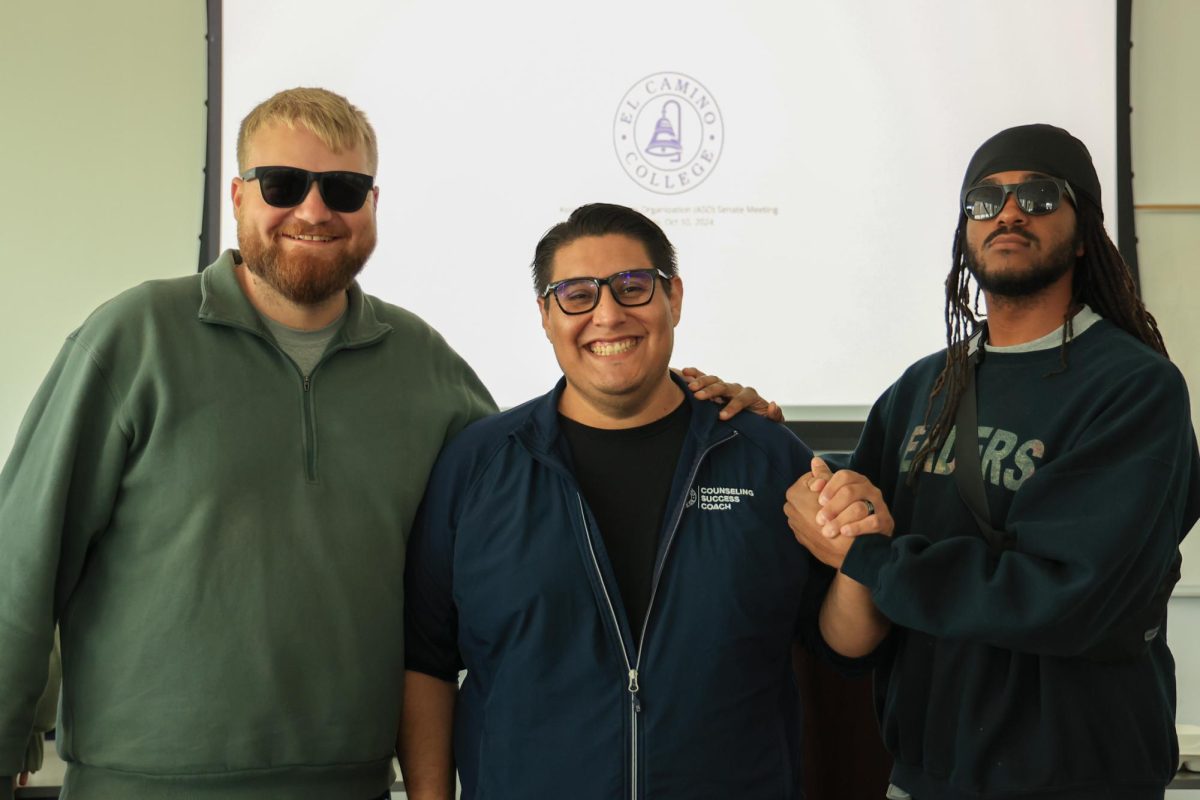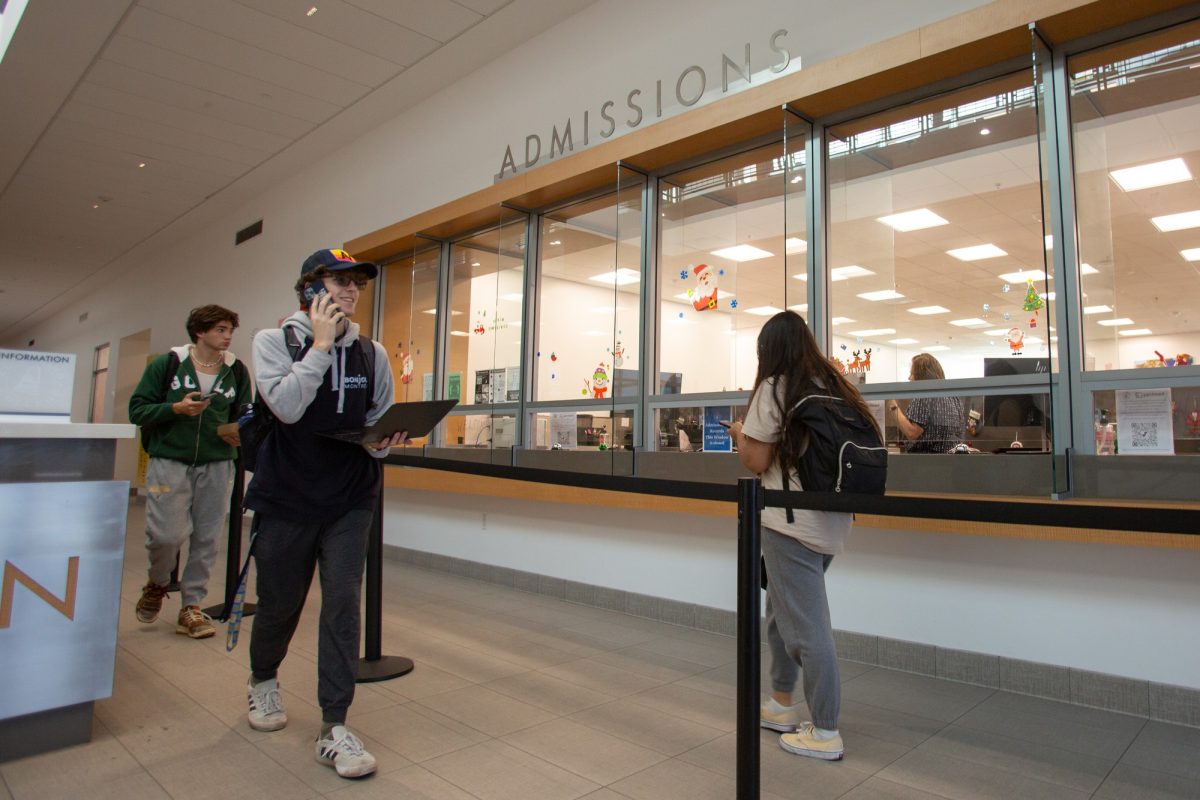Paige Marlatt Dorr, Director of the communications for Community Colleges Chancelor’s Office, said “In Sept. 2012 as part of a concerted efforts to improve students success, the community college board of governers approved a regulation to establish system wide enrollment priorities that will reward students who make progress toward their educational goals.”
Dorr said that the established policy was created to ensure that classes are available for students that are seeking employment, degree attainment or working to transfer to a four-year university.
“We have been having a situation for the past several years where the number of students who want to enroll in a California Community College is far greater than the number of students for whom we’ve had funding and therefore have had seats in classrooms and services to support,” Linda Michalowski, Vice Chancellor for student services and special programs
said.
A statewide task force was then formed to oversee and create options to help students be more successful, accommodate room for students in classrooms and to help students move through the educational system more quickly. The task force spent a year developing recommendations and those recommendations were then taken around the state for input, Michalowski said.
The recommendations that were suited for molding a better system where made into a statewide policy on enrollment priorities.
This policy will allow new students to start off with a smoother start in planning their academic goals.
Michalowski said that these students that utilize support services such as orientations, assessment, counseling or advisement that results in the development of an education plan will get priority services.
Continuing students will lose priority enrollment if they have completed two consecutive semesters on academic or progress probation.
Academic probation is when a student completes 12 units and their GPA is below a 2.0. Progress probation is when a student’s unit completion is below 50 percent meaning that the student has withdrawn from more than 50 percent of their classes, Michalowski said.
Michalowski added that there are provisions in the education code that gives priority enrollment to active duty members, veterans, foster youth, former foster youth, EOPS or DOPS, as well as new and continuing students in good academic standing who meet the specific criteria.
Michalowski believes that these new regulations will give those students that have their educational plan set, a chance to move through the system at a fair pace and move on to their next step in achieving their goals.
“It’s time to move to the end of the line and let someone who has not had the opportunity to enroll have a chance to get the classes that they need,” Michalowski said. “The priorities have to go to students who are coming in for a purpose and are willing to stay on track to achieving that purpose.”
Michalowski explains that there is a dominant change in the community college system and it’s now the responsibility of the schools to provide aid for their students’ to achieve their academic goals.
“Anyone can come to the community college, you can stay as long as you want, you can come and go. We have not had any limits like this in most cases. But that’s a bygone era, I’m afraid, Michalowski said. “We’ve been doing a real disservice to students by not giving them enough guidance and support to be able to plan their educational pathway and support to achieve it.”
With every college there will be differences in the way that each district board handles and enforces the new state wide policy; students will not be notified until the end of this spring semester.








